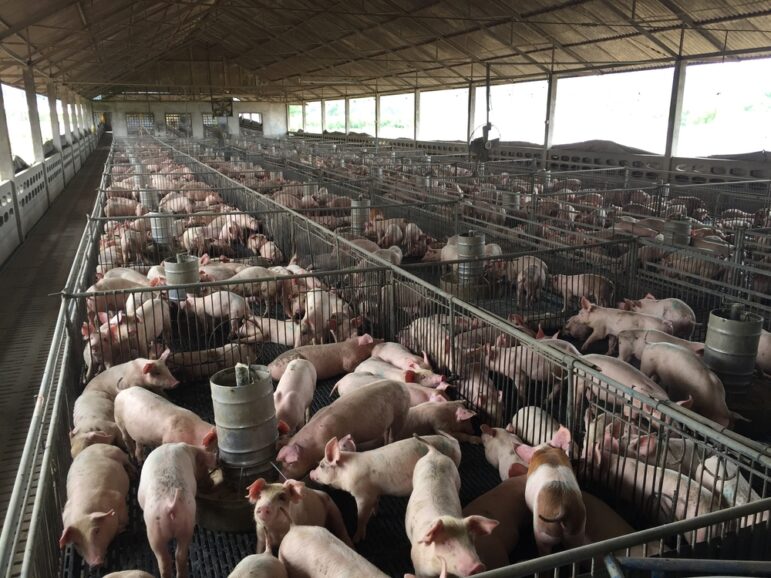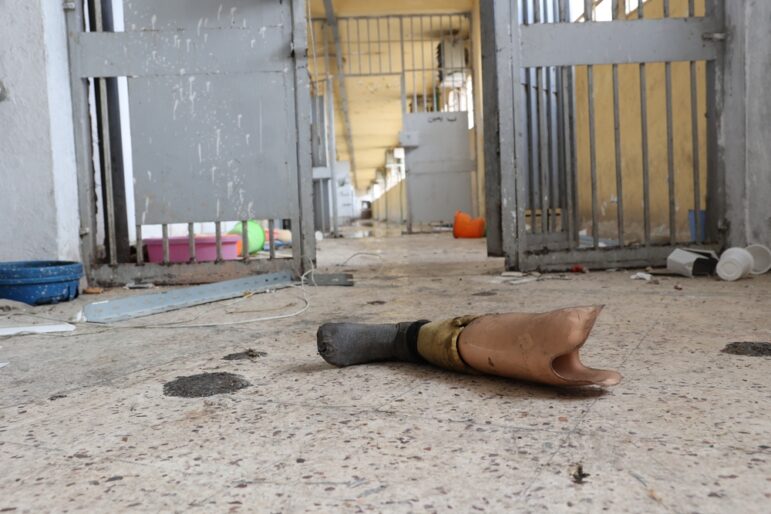

Tips for Working in Oman
Full guide here. العربية | বাংলা
 Media Environment
Media Environment
Oman’s constitution guarantees freedom of expression, but with strong limitations. The 1984 Press and Publications law further outlines the restrictions on journalism and journalists in the country and explicitly prohibits defamation of the ruling family. It is common practice for journalists to self-censor to avoid threats, fines and arrest.
Journalists and media outlets are required to obtain permits, which can be revoked for violating press laws. Foreign journalists must also obtain a license from the Publications and Publishing Department. Meanwhile, the Telecommunications Act of 2002 adds additional restrictions to online media.
Warning to all journalists working in the country: all forms of private electronic communication are monitored and can be subject to prosecution if they “violate public order and morals.”
Finding Stories
Having a good rapport with embassies in India, Bangladesh, Pakistan, Sri Lanka, Nepal and the Philippines can help lead to stories on forced labour. Embassies conduct “open houses” where aggrieved workers can drop in and talk with embassy officials to resolve their issues, and journalists can usually visit on these days as well. However, they might cite protocol constraints and not allow you in. If you do get in, be careful not to make much much noise. Take down workers’ contact numbers, perhaps take a few photos on your phone and get the story later over the phone.
Here are some other ideas:
- Migrant community social clubs all over Oman are also often teeming with stories.
- The construction sector is the source of many incidents of forced labour. Visiting workers’ camps in Muscat, Sohar, Nizwa, Ibri, Ibra and Salalah are key to ensuring migrants are at the center of their stories.
- Omani government websites and associated social media accounts can lead to stories or data for stories. Examples include: National Centre for Statistics and Information, Ministry of Manpower (Twitter), Royal Oman Police (Twitter) and the Human Rights Commission.
Interviewing Workers
Social workers, particularly Indians and Bangladeshis, will be able to alert and lead you to workers who are subjected to forced labor. They may also accompany you into a labor camp and help you with your story. After finding someone willing to talk, speak to the workers over the phone and fix a time. Usually, Fridays and Saturdays are best as officials will don’t normally enter the labor camps during that time. Or better yet, try to meet workers outside the camp in a tea house or somewhere else that is quiet and calm. The best advice is this: Don’t make much noise, keep a low profile and dress to blend in.
Here are some other suggestions:
- Don’t meet with workers in large numbers. This will draw attention from the public and the police. Five or six maximum is best.
- Don’t carry big cameras, as they may raise suspicion, and some locals may inform police. Either use phone cameras or ask workers themselves to take pictures from inside the camp and send them to you.
- Before going to a camp, ask workers to bring you the phone numbers of other workers and whatever salary slips or documents they have. Even you if aren’t able to do detailed interviews at that time, you can at least get the documents or take photos of them.
- Enter the camp with a proper plan, including what you want to shoot, whom you want to talk to and how long you will be in the camp. Try to make the camp tour less than 30 minutes and avoid standing out from the crowd.
- If some locals or supervisors from the company make a surprise visit, remain calm. Try to leave the scene without making any issues. Showing you are panicked could put you at greater risk.
- Have documentation and official work papers with you. Without a press accreditation card, it is dangerous to do field reporting. If you are a visiting journalist, find a journalist who has a press card or who can rescue you if something goes wrong.
- Travel in a reliable vehicle. Camps are located in remote areas, and breakdowns on the road will lead you into a slew of different problems. Road assistance is rare and takes a lot of time; often it’s the police who come first to help. A four-wheel drive with a full tank of fuel is best to avoid surprises.
Back in the Newsroom
- If the interview of workers is done over the phone, record it.
- Collect official papers such as salary slips, offer letters and pictures through WhatsApp.
- Contact embassies and social workers for official sources. Embassy responses can also help to keep journalists safe, up to an extent.
- Sometimes workers will make exaggerated claims, so fact-checking is a must.
- Make sure to contact company officials, too. Companies may sue if they claim a reporter did not give them a chance to respond, and the Ministry of Information takes such claims seriously.
- Stories should have comments from government officials, too. Emails are available on most ministry websites. At least 72 hours should be given to them to reply. If you publish without offering a chance to comment, including the 72 hour time period to respond, officials will jump into action and claim the story is biased.
- Don’t delete data, recordings or pictures; officials may ask for them in the future.
Writing the Story
If you are based in Oman, writing the story without directly criticizing the government will help keep you out of trouble; telling the truth in a “soft” way can help ensure the story gets out there without compromising your job or security. Avoiding strong headlines can help, so advise editors to be cautious. Identifying workers may get them in trouble with their employer or the government, so avoid using the worker’s name if the issue is too sensitive and consider silhouetted images.
Tips for Covering Specific Types of Stories
Covering Protests
Though rare, workers do sometimes protest working conditions and unpaid wages. High police presence can be expected at these locations — usually camps or on the road — and journalists should not attempt to enter the scene. Journalists attempting to report from such scenes have been stopped from doing so in the past.
However, you can attempt to pose as a passerby, try and get some photos and make some contacts inside the camp or with those who marching and then talk to them over the phone later. All reporting protocols, such as verifying workers’ claims and official quotes are required and will help keep you safe.
Be aware that cameras could be seized and pictures erased. So, try to get pictures on different phones. Bringing along a colleague can help.
Undocumented Workers
Undocumented workers are visible only in certain areas in Oman. The majority are from Bangladesh and Pakistan, and they live in shoddy accommodations and survive on limited food.
Interviewing them in their homes is safe up to a point, but journalists should be aware that police raids can happen anytime and they can also be caught. Police don’t listen to what journalists have to say during the raid. Everything is settled only after you reach the police station.
Human Trafficking
It is quite difficult to do a story on human trafficking in Oman. Even though domestic workers are trafficked into Oman from neighboring countries, the government doesn’t officially acknowledge it. If you come across a human trafficking case, you should take extra caution in reporting it.
Additionally, access to trafficked domestic workers is nearly impossible. They will either be forced to stay in the home by their employer, or they will be rescued and residing in an embassy shelter. Shelters often don’t open doors to journalists as they technically operate only with the government’s tacit consent.
Because embassies are not technically authorized to rescue trafficked domestic workers themselves, they assign or authorize social workers. Social workers can help journalists obtain interviews with rescued trafficked domestic workers. However, the time period for interviews is often short as it’s frequently conducted without the knowledge of the embassy. Extra care should be taken in fixing the interview place.
Keep in mind:
- Never reveal the identity of the “rescued” trafficked survivor within Oman. This could put them in extreme danger. Pictures can be published but the identity of the survivor should not be revealed.
- The survivor’s concerned embassy should be contacted.
- Again, if you are a local reporter, the story should be written in a way that it doesn’t directly hit the government.









